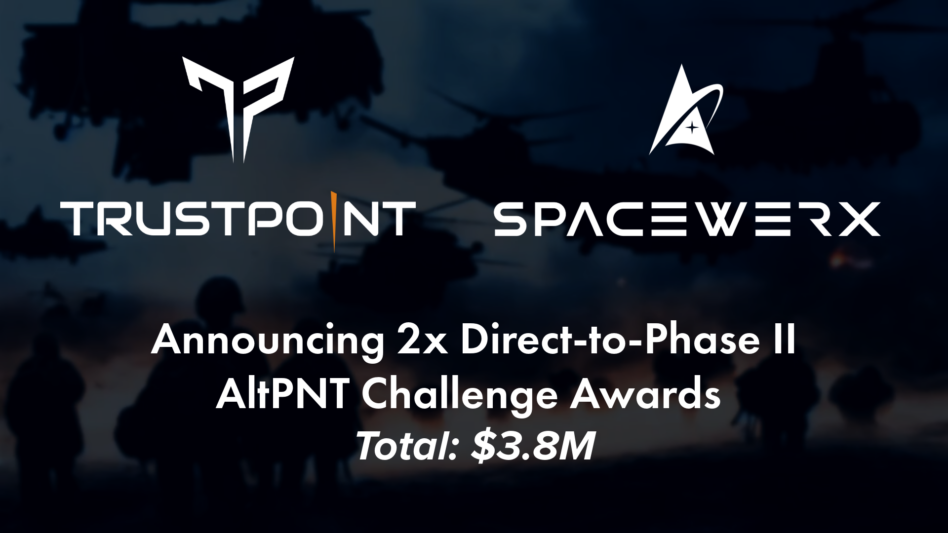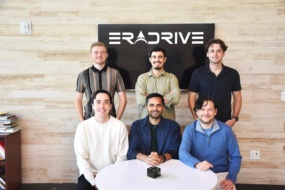At nearly 40 years old, commercial GPS technology is in dire need of an upgrade.
TrustPoint, a CA-based company building a GPS alternative, won two SpaceWERX contracts to demonstrate its take on the next generation of the technology, the company announced today.
The company secured two Direct-to-Phase II contracts, each worth $1.9M, to validate two distinct pieces of technology that function independently of GPS satellites. These demos include:
- An advanced security application that will increase the reliability and resilience of US government PNT and GPS-like services
- Smaller, cheaper ground control segment tech
Rowing in the same direction: The two contracts are vital to the US military’s mission of greater resilience in space. But they also help fund TrustPoint’s commercial ambitions.
The company plans to build a constellation of as many as 300 C-band Global Navigation Satellite System (GNSS) satellites, each connected to a ground segment of as many as 100 ground control nodes, TrustPoint CEO Patrick Shannon told Payload.
Their theory? Proliferated ground stations keep the constellation in near-constant contact with terrestrial operators, leaving less room for sustained outages.
The boys in C-band: While many of the PNT and GNSS satellites in orbit transmit over L-band frequencies, TrustPoint decided early on to build its satellites to operate in C-band.
This seemingly minor change in tech, combined with a number of innovations, offers a few key advantages over the competition.
- Anti-jam capabilities: With the right equipment operating on C-band, TrustPoint will be able to increase PNT coverage in GPS denied areas, which will benefit national security operators, as well as consumers and businesses in these regions.
- Decreased capital investment: Alongside other technical improvements to the satellite infrastructure, TrustPoint’s use of C-band vastly reduces their CapEx requirements and will allow them to build their entire constellation for under $100M, according to Shannon.
What’s next: The company has already performed two tech demos on orbit, and has plans for more missions, pilot programs, and field tests in 2025.




